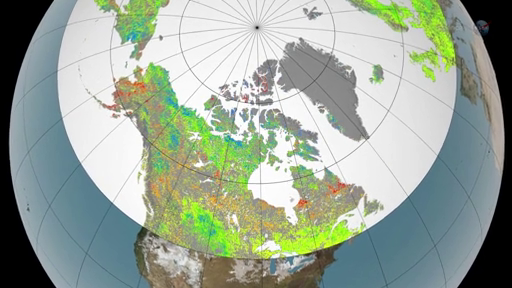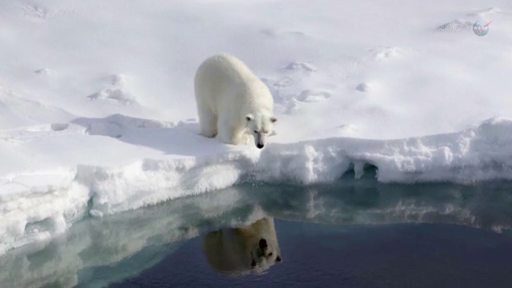

| Visitors Now: | |
| Total Visits: | |
| Total Stories: |

| Story Views | |
| Now: | |
| Last Hour: | |
| Last 24 Hours: | |
| Total: | |
ScienceCasts: Glow-in-the-Dark Plants on the ISS – Can Plants Adapt to the Novelty of Climate Change?
Monday, May 6, 2013 14:49
% of readers think this story is Fact. Add your two cents.
May 6, 2013: The world is changing. As greenhouse gases accumulate in the atmosphere, global temperatures are on the rise. Sea levels inch upward as polar ice retreats. Crops are growing in new places.
The world is changing. The question is, can life change with it?
A batch of genetically engineered plants orbiting Earth on board the ISS may have something to say about this.
“Our environment on Earth is changing, so we need to know how plants respond to novelty,” says molecular biologist Anna-Lisa Paul of the
University of Florida. “Spaceflight is outside the evolutionary experience of any terrestrial organism. Learning how plants respond to this unique environment can also tell us how plants respond to new challenges on Earth.”
Follow the link to watch the video

IMAGE: NASA
Paul and colleague Rob Ferl are principal investigators of an experiment on the ISS called TAGES, the Transgenic Arabidopsis Gene Expression System.
For the past two years, they have been using the ABRS experimental growth chamber on board the space station to grow a garden of Arabidopsis thaliana, also known as “thale cress.” Cameras captured growth rates, root patterns, and a strange green glow.
“We genetically modified the plant to glow when it is under stress,” explains Paul. “This can tell us a lot about how Arabidopsis adapts to the microgravity environment.”

IMAGE: NASA
Learning how plants adapt to new situations is crucial to climate change research. In terms of global biomass, plants outweigh mammals by a factor of 1000. They are a dominant part of the biosphere, playing a key role in the carbon cycle.
Scientists and farmers have been experimenting with plants for centuries, yet at a fundamental, genetic level, much remains unknown.

IMAGE: NASA
This is why Paul and Ferl have been putting Arabidopsis through its paces, exposing the plant to extremes of pressure, temperature, and drought. Most of their work has been done on Earth–but some extremes can only be found in space.
“Removing gravity from the equation reveals unique aspects of cell growth and development that we cannot discover in any other way,” says Ferl. “The International Space Station is a great place to do this.”
Visit
http://science.nasa.gov/science-news/science-at-nasa/2013/06may_arabidopsis/


